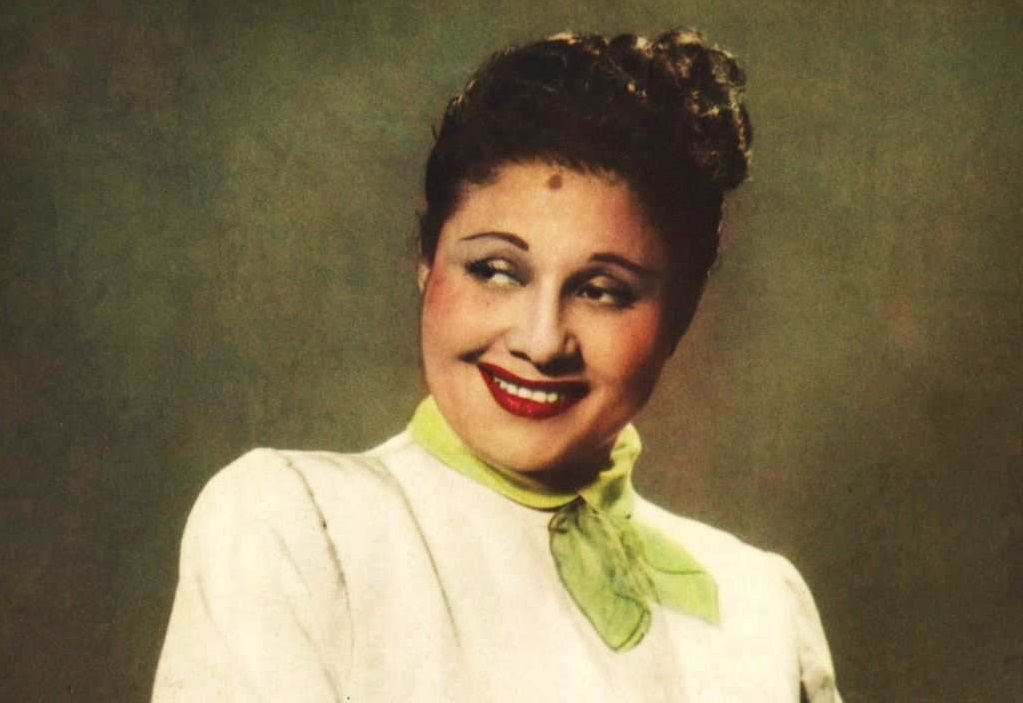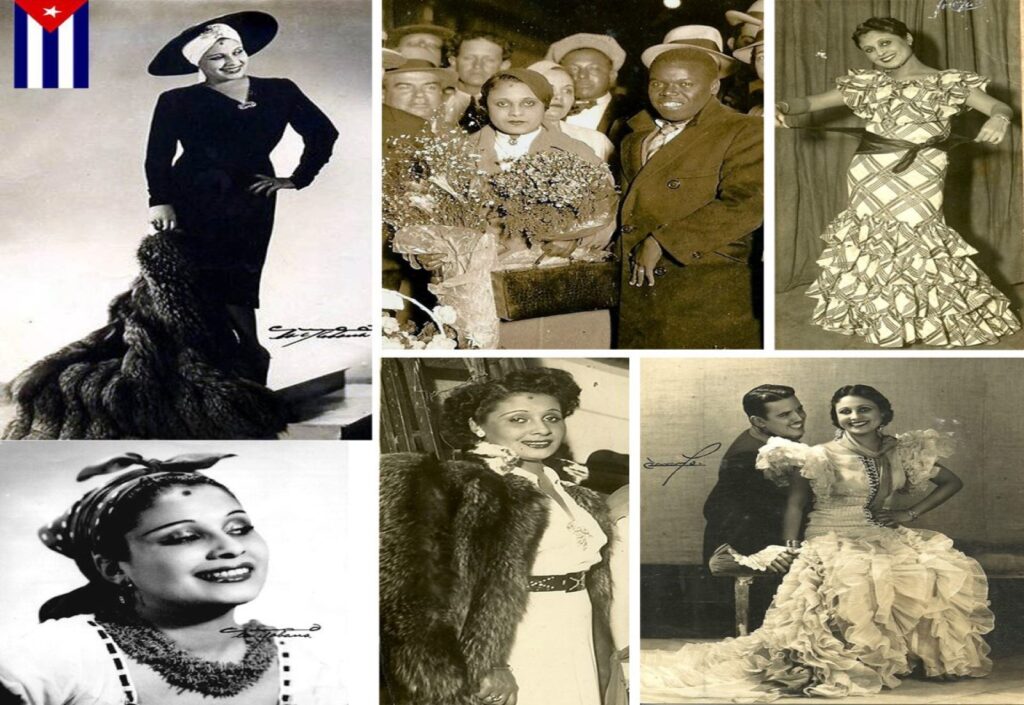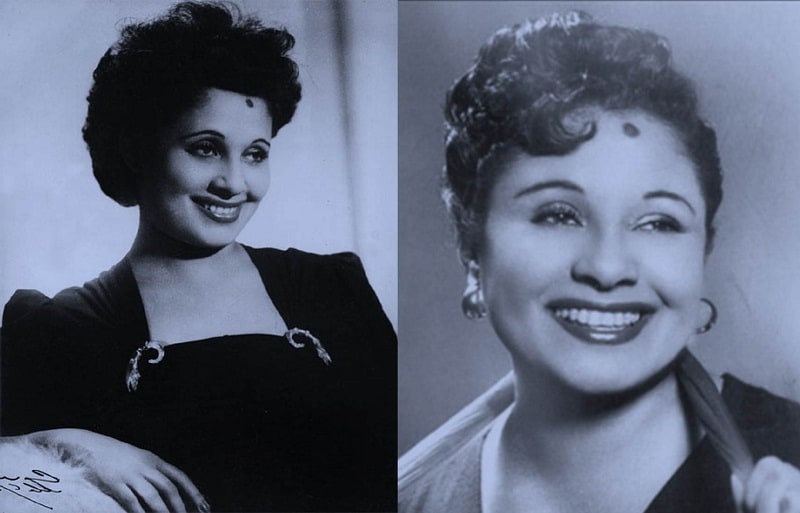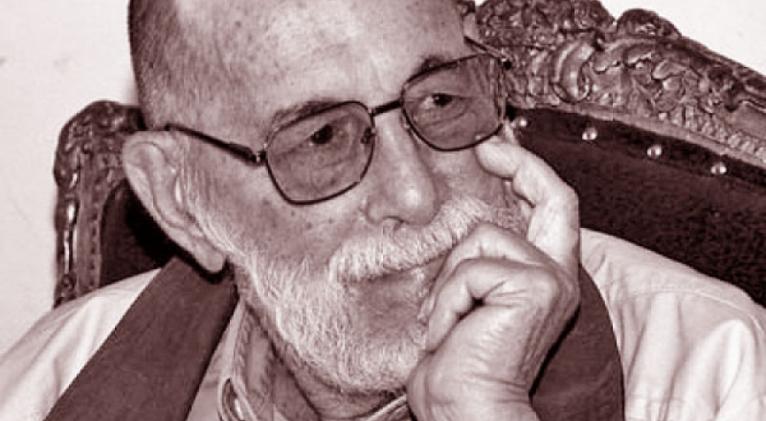Rita Montaner. Another year in eternity

Rita Aurelia Fulceda Montaner y Facenda was born on 20 August 1900. La Única, the nickname by which she would be known to posterity, is considered one of the most important Cuban artists of the 20th century. The charm, excellence and stylistic austerity of her performances reached the most diverse spaces and media.
She studied piano from an early age. Around 1910 she entered the Eduardo Peyrellade Conservatory of Music and Declamation in Havana. Her training was complemented by lessons with famous maestros such as the Italian Alberto Bimbani. Ernesto Lecuona, who described her as a pianist of the highest level, attested to the solidity of her technique.
However, this musical instrument was subordinated to another priority: singing. With a phenomenal rhythm and an overwhelming personality, Montaner demonstrated her artistic talent on the most varied stages. Technical mastery and solid musical training allowed her to add a personal touch to her endeavours.
«I can assure you that more than one composer owes the subsequent respect inspired by Rita Montaner’s performance (…) the authors themselves respected the creation that she made on the creation itself, which was the work,» declared Gonzalo Roig.
La Única, at the head of the best zarzuelas in Cuba. Cecilia Valdés (by Roig himself), El cafetal (Ernesto Lecuona), El manisero (Moisés Simons) and ¡Ay, Mamá Inés! (Eliseo Grenet) combine the grace and talent necessary to banish the insipid at every performance.

«Of all the Cuban singers who played the mulatto in the theatre, none had the theatrical and artistic qualities of Rita, nor the power in her voice that she brought to her role. Rita was a phenomenon, like Benny Moré,» said composer Gilberto Valdés at the time.
Her performances were marked by humour and intimacy. As Fina García-Marruz put it: «(…) her voice was at its best in laughter, a laughter that was no longer, as in so many other followers of more and less earth, a volcano of the body that spat out the emptied entrails with broken shakes, but a laughter that dared to go beyond the smile, the wisdom of the soul, just to make it participate in the joys of the immediate and warm it with its human sun (…)».
Declared Queen of Radio in 1935, the Cuban soprano also excelled in theatre, radio, television and cinema, where she appeared in 14 feature films, most of them in leading roles.
Her avant-garde and creativity were also in dialogue with social reality. La Chismosa, one of her characters, was a reference point with comments and anecdotes about the politicians of the time.
Guaracha, rumba, bolero, pregones, romanzas and other genres added to the versatility of an artist who defied convention with unusual simplicity and originality: «(…) she covered a whole series of very difficult and varied genres, because she did everything from Cecilia Valdés to La médium. Hence her genius,» declared Rodrigo Pratts.

In a tribute in her honour in 1942, Nicolás Guillén said: «Rita de Cuba, Rita la Única… There is no more appropriate name for her, if one wants to do her justice. De Cuba, because her art expresses in human depths what is truly ours; the Única, because she alone, and no one else, made the Havana tenement, the Cuban street, a universal category.
«If you have Rita’s creative power, if you sing as she sang, if you have such a personal and defined art, you already belong to the history – and even the geography – of the soil in which you were born.»
Flaws also reveal the human figure in all its splendour. Claiming to have lived a perfect life is a contradiction in terms, and Montaner collected moods, obsessions and quarrels that perhaps had their origin in that temperament of all demons to which Gilberto Valdés referred.
«I confess to a passion and sympathy for her that I have rarely seen repeated in my contemporaries (…) Even her admirers have said it: time has not been kind to a certain part of this indelible legend,» commented the poet Norge Espinosa.
Recognising Rita’s sunspots does not dim her light: it helps us to understand the causes of her brilliance and intensity. An incomparable talent found in her character the joy of an unprejudiced virtue that overflowed reality like few others.
Let us therefore banish the simplistic reduction of stereotypes as we remember someone who continues to inspire us and who today celebrates another year in eternity.
Translated by Luis E. Amador Dominguez



